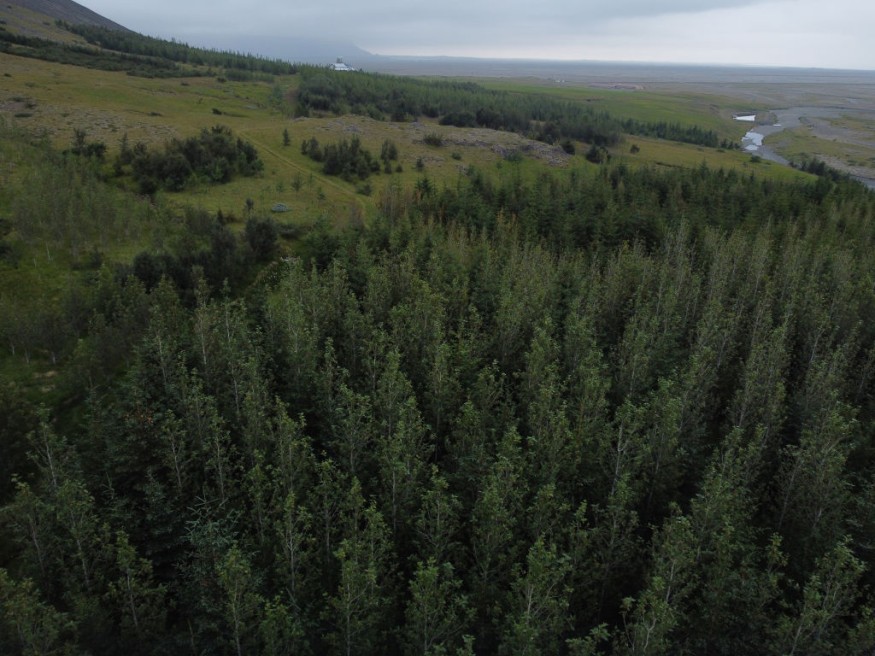An international research effort which attempts to estimate existing trees on Earth reveals that there are still thousands of tree species yet to be discovered.
100 scientists suggest that more than 9,000 new species are undiscovered, 9,200 to be precise. With approximately 73,000 tree species in total on Earth, about 64,000 of these have been documented so far.
The new study shows that most of the undiscovered species are likely to be rare, with very low populations and limited spatial distribution, which makes it especially vulnerable to climate change and human disruption such as deforestation. According to ScienceAlert, this so far has eluded scientific attention and study.
"These results highlight the vulnerability of global forest biodiversity to anthropogenic changes, particularly land use and climate, because the survival of rare taxa is disproportionately threatened by these pressures," said University of Michigan forest ecologist Peter Reich.
Estimating the planet's tree diversity

Researchers used tree abundance and occurrence data from two global datasets-one from the Global Forest Biodiversity Initiative and the other from TREECHANGE, and combined many years' worth of ground-sourced tree cataloguing.
"We combined individual datasets into one massive global dataset of tree-level data," quantitative forest ecologist Jingjing Liang of Purdue University from Purdue University tells Phys.Org. "Each set comes from someone going out to a forest stand and measuring every single tree - collecting information about the tree species, sizes, and other characteristics. Counting the number of tree species worldwide is like a puzzle with pieces spread all over the world."
After having done statistical adjustments to estimate the total number of unique tree species at biome, continental and global scales, their conservative estimate of the total number of tree species on Earth is 73,274, and inferred that there are likely about 9,200 tree species yet to be discovered.
Forest conservation as paramount priority
The study published in Proceedings of the National Academy of Sciences (PNAS) "could contribute to tree and forest conservation efforts and the future discovery of new trees and associated species in certain parts of the world," said Reich, director of the Institute for Global Change Biology at U-M's School for Environment and Sustainability.
The study finds that roughly 40% of the undiscovered tree species are likely to be in South America. "Beyond the 27,000 known tree species in South America, there might be as many as another 4,000 species yet to be discovered there. Most of them could be endemic and located in diversity hot spots of the Amazon basin and the Andes-Amazon interface," Reich explained.
Lead author Roberto Cazzolla Gatti of the University of Bologna in Italy believes that "extensive knowledge of tree richness and diversity is key to preserving the stability and functioning of ecosystems," which is why forest conservation is a paramount priority in South America.
Researchers say that identifying the true diversity of tree life should be done as soon as possible so as to save threatened species from peril.
© 2025 NatureWorldNews.com All rights reserved. Do not reproduce without permission.





